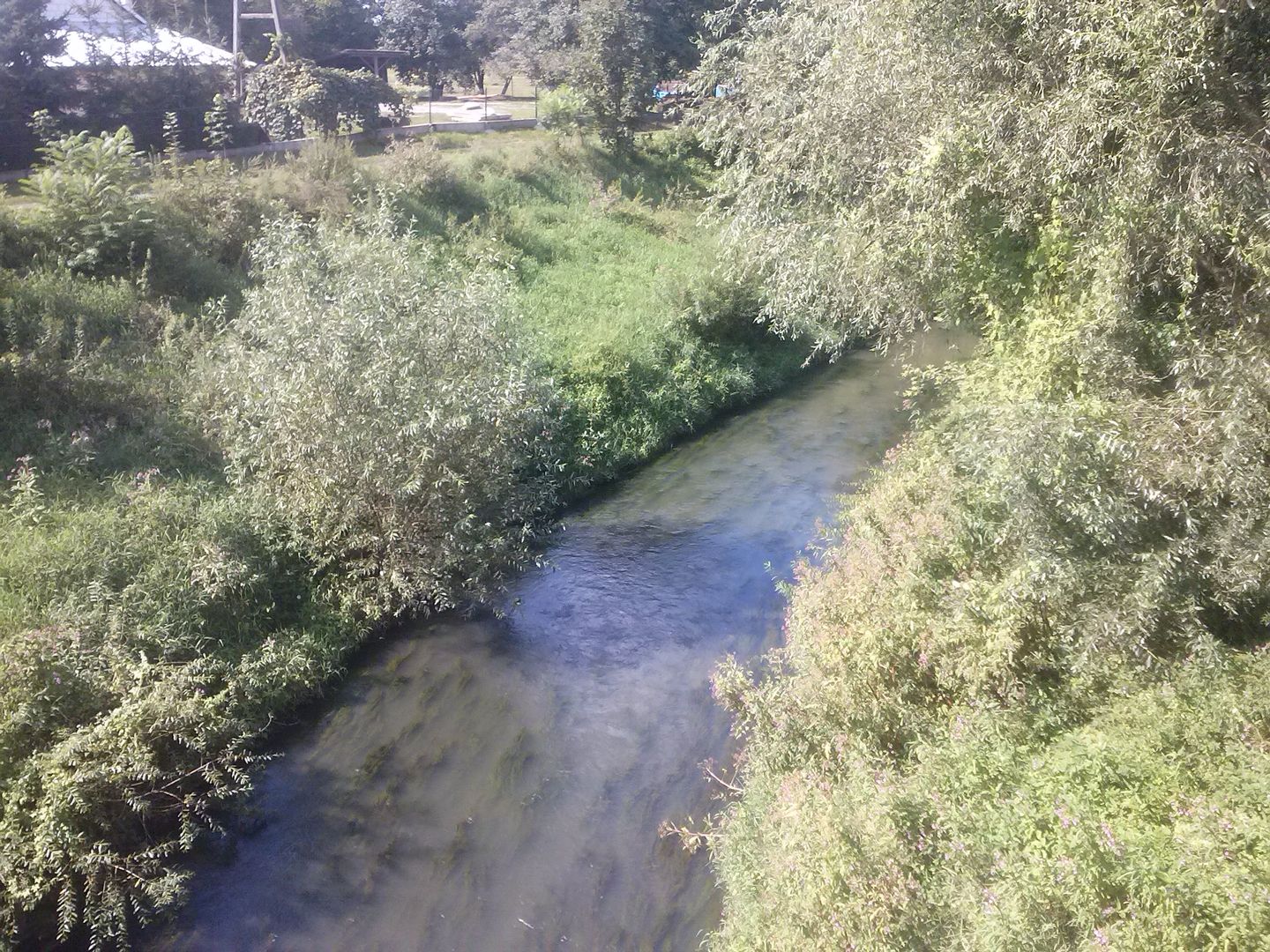Gniewczyna Łańcucka
6.07

Overview
Gniewczyna Łańcucka is a village in the Podkarpackie Voivodeship, located in the Przeworsk County, on the Mleczka River. Its history dates back to the 14th century, and the name of the village is associated with the legend of a woodcutter named Gniewko. In 1340, these lands were incorporated into Poland by King Casimir the Great. The village has a rich past, with the first records dating back to 1424. By 1515, Gniewczyna had 14 łans (a historical unit of land measurement) and a mill, and in 1674, there were 180 houses there. In the 19th century, after the village was given the surname "Łańcucka" by the Potocki family, the population increased to 1,700. In 1942, a tragic crime occurred when local Poles organized a manhunt for Jews, leading to murders and persecution, with the number of victims reaching 30 people. The churches in Gniewczyna have a rich history; the first of the wooden churches was probably built in the 14th century, and the current brick church from 1910 is in the Neo-Gothic style. The tradition of the "Parade of the Turks" refers to the Relief of Vienna and continues to this day in the form of performances by young people in colorful costumes during Easter. Education in Gniewczyna dates back to 1636, and until 2007 the school was named after General Antoni Chruściel. The village features monuments such as the Neo-Gothic church, chapels from the late 19th century, a monument in memory of Father Stojałowski, and preserved wooden buildings from the 1920s and 1930s. It is also worth mentioning the "Gniewczyna" Wagon Factory S.A. and the horse stud farm, which add modern aspects to life in this historic village.
Location
2025 Wizytor | All Rights Reserved